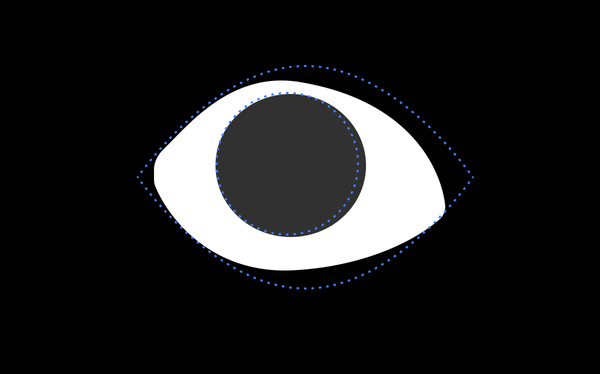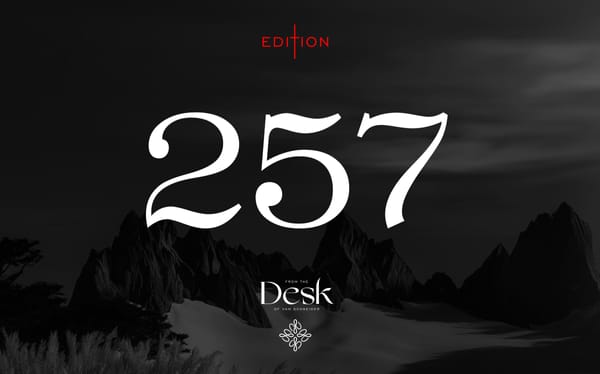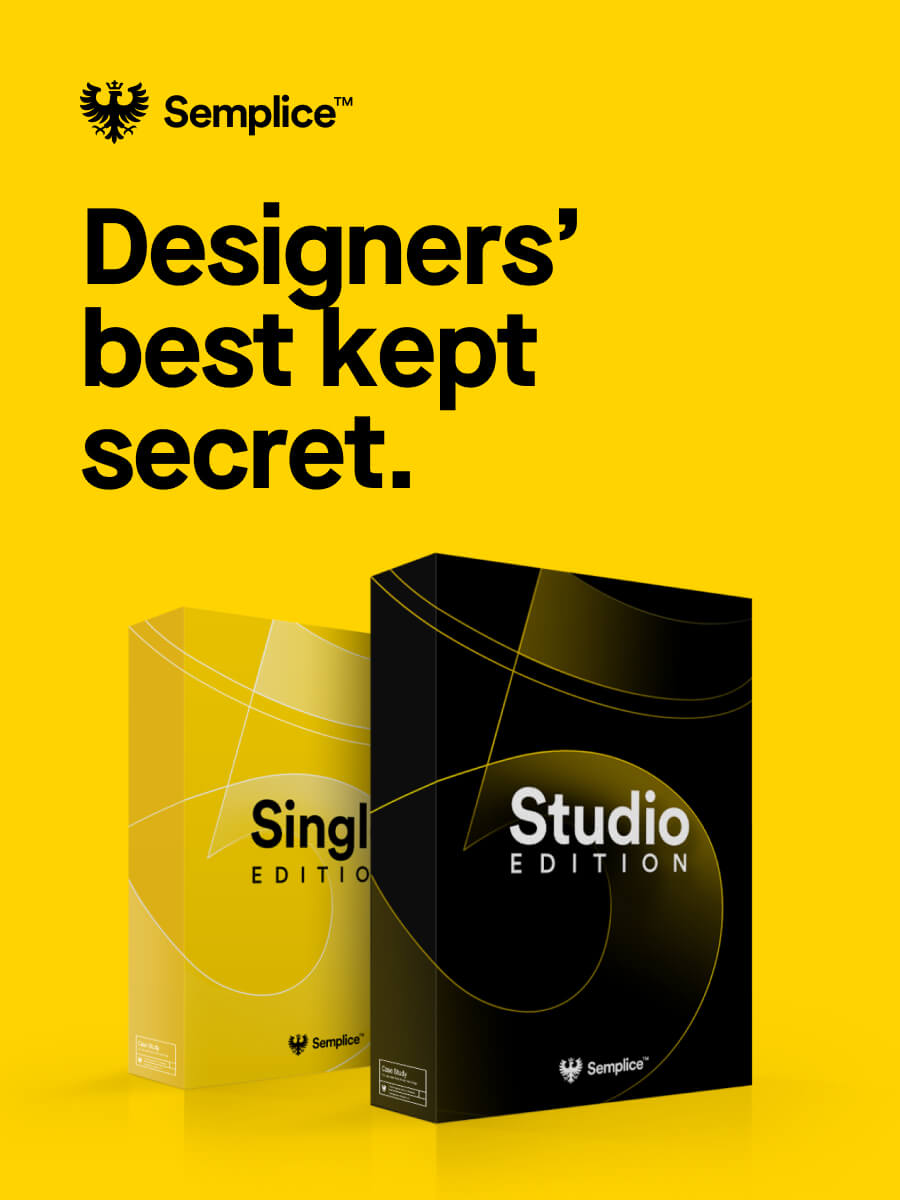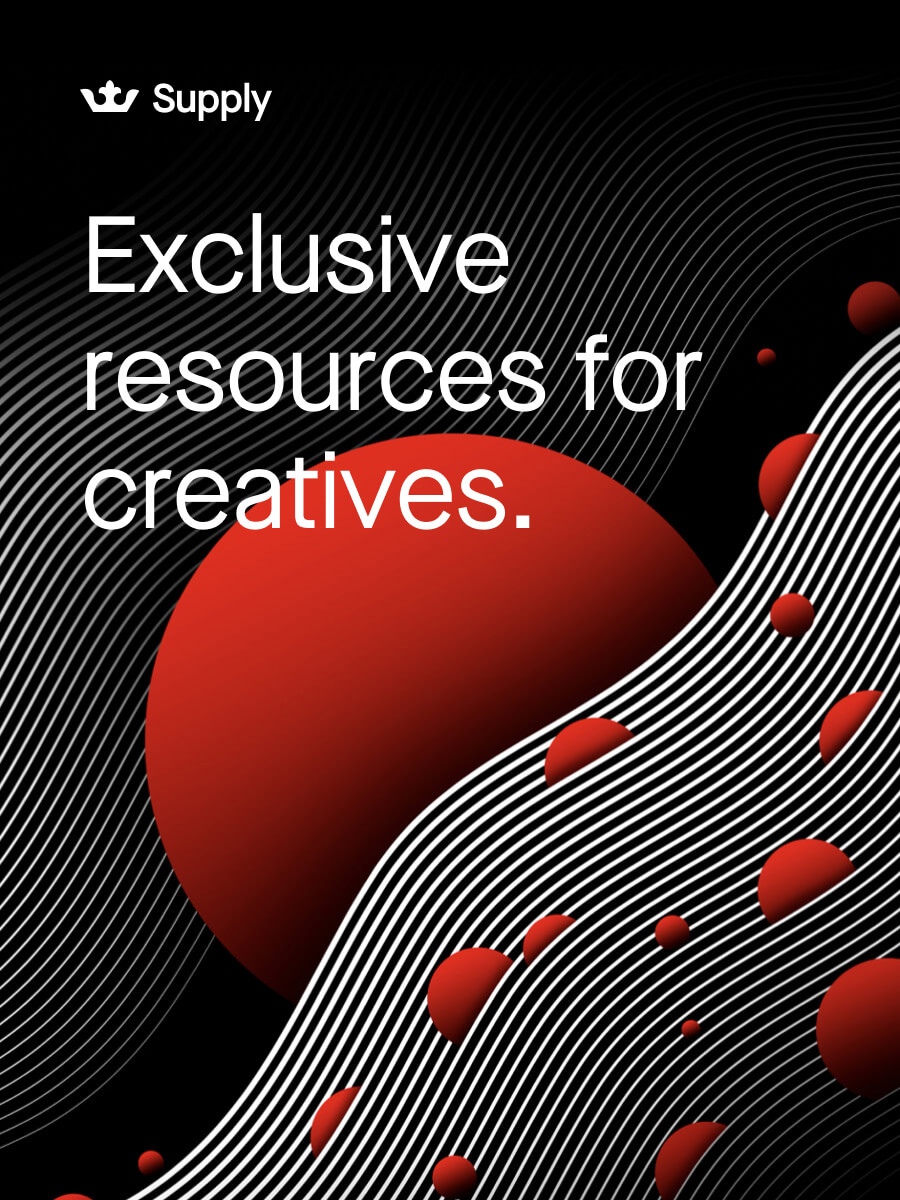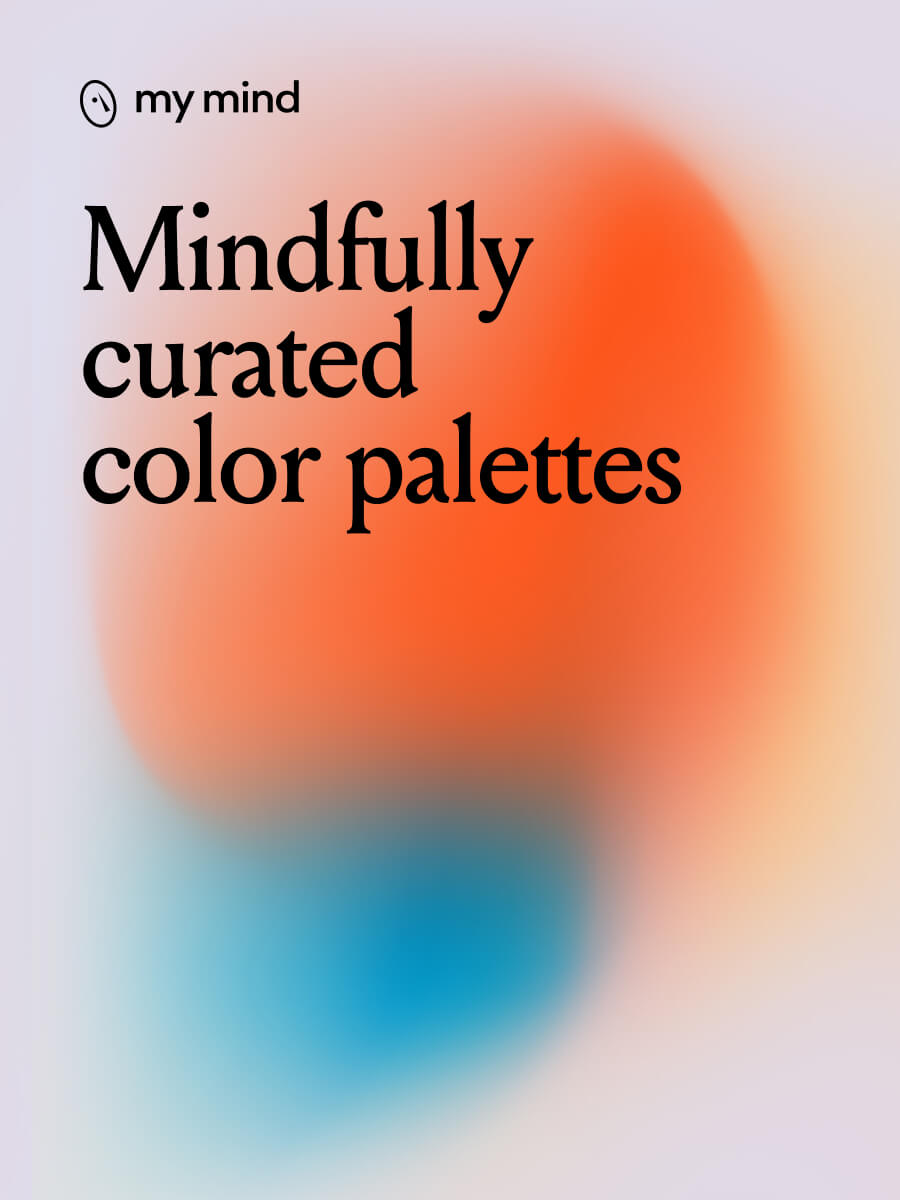How to land a design job at Instacart
Published
The pandemic has, in many ways, accelerated the future we knew was coming soon enough. Those companies that were already positioned toward the future were among the few that thrived, despite economic shutdown. Instacart is one of them.
When most of the country was forced to stay in place, Instacart was uniquely positioned to help – and has continued to adapt and meet the needs of its customers in a changing environment. As the New York Times put it regarding shopping trends during the pandemic, "In grocery delivery, there is Instacart, and then everyone else."
Now Instacart is in high-growth mode, and they're looking for designers to help lead the way. We talked with Himani Amoli, design manager, and Ryan Scott Tandy (RST), design director at Instacart, about what they're looking for in designers for their team.

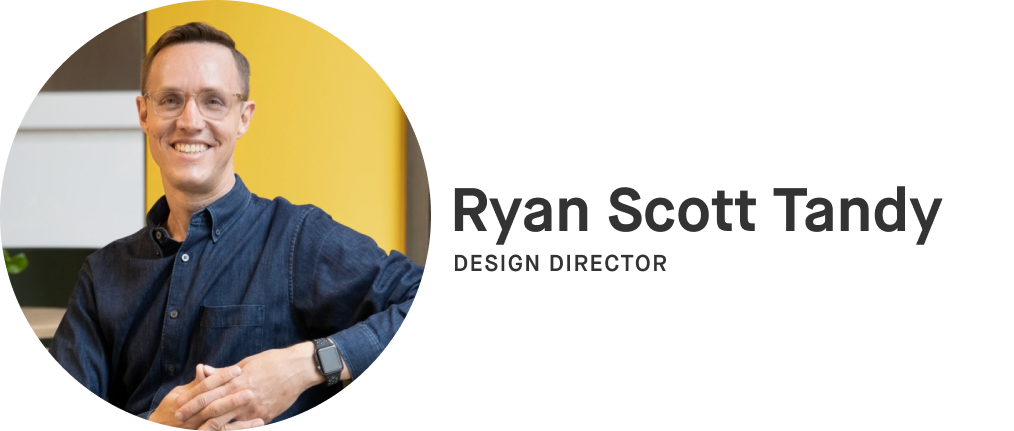
Hey Himani and RST, thanks for doing this with us. Let’s dive right in.
Instacart is growing fast, and I imagine you need designers for several areas of your product and/or marketing. What kind of design opportunities exist right now and where do we fit into the bigger picture of your team?
RST: Design at Instacart covers a wide range of experiences; from designing for the customer placing their first order, to the Instacart Shopper making a delivery, to brands managing their ad campaigns, or even grocery retailers building on our platform. Design plays an important role, taking something that is inherently quite complex and making it simple.
Partnering with product management and engineering teams, our product design and brand design teams are actively working on the next evolution of this essential service.
Himani: We are hiring across the board for brand and product design. Looking for product designers, researchers, and also design leaders to help grow and manage the teams!
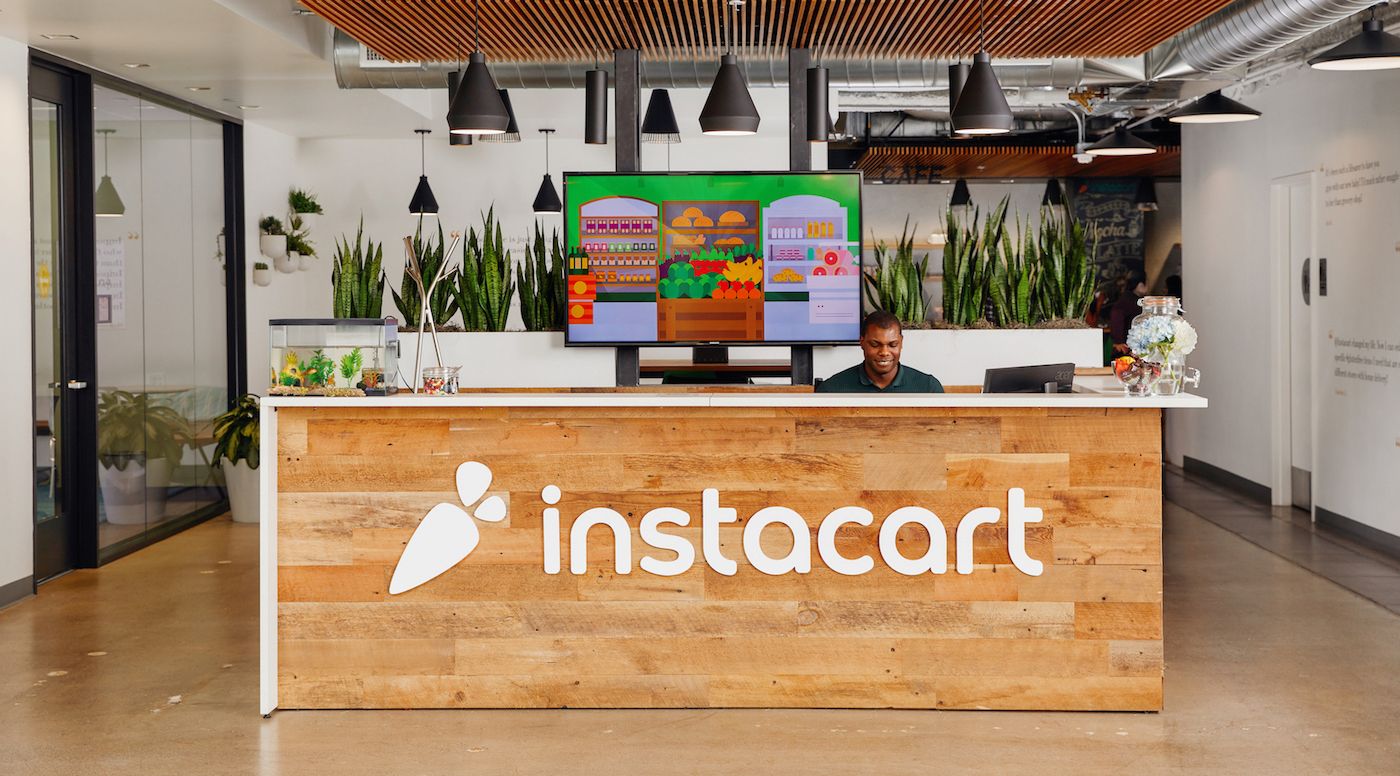
Say we decide to reach out with a cold email. What kind of message gets a reply? Any secrets for us? Or should we just fill out the application form?
RST: We are a people-based business so tell us your story. What brought you to design? What inspires you? Where are you looking to take your design career next?
I love hearing about how people personally use the product. What brings them delight or surprise. What role does food play in your life? Even potential areas of improvement.
It’s always great to highlight areas of expertise that clearly align with the work we’re doing (ecommerce, marketplaces, ad platforms, enterprise).
Himani: Something that highlights how the work you’ve done is relevant for the role that we’re trying to hire for. Better yet, tell us how Instacart’s mission fits into what you’re passionate or excited about. And link us to your work that you think we need to see.
If you’ve worked with someone who works at Instacart, opt to come in through that route, especially if they can speak to your work or share how awesome of a teammate you are!
The majority of our applicants are sourced by our recruiting team. They work with the hiring managers to understand the skillset of the designer, so the most important thing you can do is make yourself discoverable online. Link your portfolio to your LinkedIn/Dribbble. If there isn’t any work under NDA, don’t hide your work behind a password.
"Portfolios are the best way for you to tell the story of your career. In the absence of that, a story is unfortunately created for you, either by the recruiter or the hiring manager."
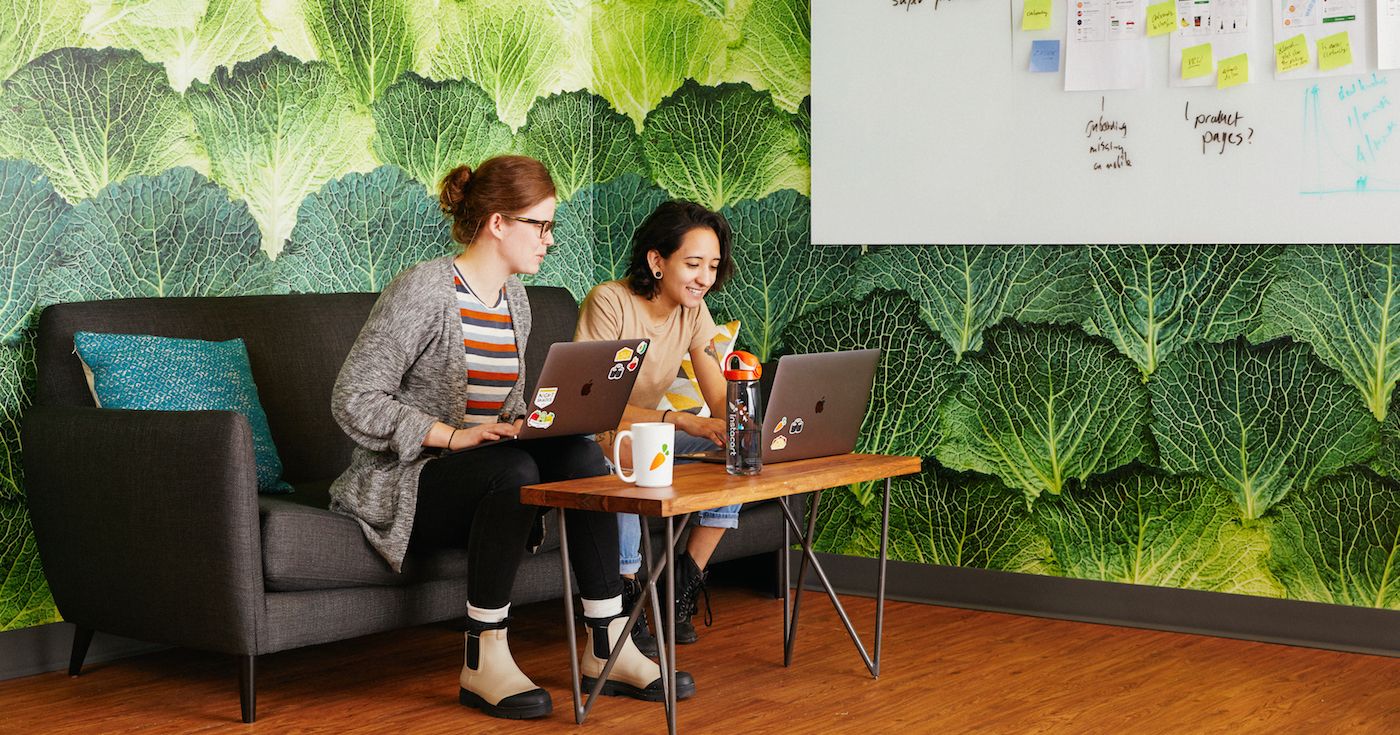
How important is a complete portfolio? Can we get away with not having a portfolio when interviewing at Instacart?
RST: It’s critical to have your portfolio up to date and polished. It’s your best opportunity to highlight your creative process, output and achievements across your career.
Portfolios that clearly demonstrate results through strategic design work are great, but ones that also showcase these projects in a beautiful way, even better! (A good mix of systems thinking and visual design).
Himani: Portfolios are the best way for you to tell the story of your career. In the absence of that, a story is unfortunately created for you, either by the recruiter or the hiring manager. Portfolios also help us understand how you tackle problems.
Your portfolio doesn’t need to have all the work you’ve ever done but 1-2 case studies of work that you’re proud of, showing how you process problems.
A portfolio also helps us visualize you in that role, and helps us figure out how to cater our recruiting process to you based on your skills, interests and background.
"A prototype is worth a thousand mocks. Show me how the thing you build works and you stand out immediately!"
What do you wish you saw more in portfolios from Instacart job applicants?
RST: More products in motion, less static states. Portfolios that show prototypes (or videos of their products in action) tell a much better story of how something works or how it’s used.
I love it when designers share insight behind small details. Why a particular interaction was chosen or breaking down the thinking behind an icon set. Anything that shows commitment to craft, polish or quality.
Show us how data and research informed the work. Answering, why was this the best solution?
Himani: When we’re reviewing candidates, we’re trying to get a quick overview of their work so we can decide where to schedule a portfolio walkthrough or not. When looking at their online portfolios, we’re spending a few minutes on each and making a call, so be methodical about what you have on your online portfolio – remember you won't be there to voice over the work, so it has to tell a story on its own.
- Your portfolio should highlight your best work. You only have 1-2 in-depth case studies to stand out so make sure you pick your best work, the stuff you’re most proud of.
- For the case studies, don’t bury the lede; show the final polished product first, then you can follow up with the problem statement and how you arrived at the solution. Every time I land on a case study that doesn’t do this, the first thing I do is scroll all the way down to see the finished designs. No need for a grand reveal in the end. Get me hooked from the beginning.
- For any additional work you want to share, it's OK to just show the final polished mocks. Hiring managers will likely make a call on bringing you in based on the 1-2 case studies we already talked about above.
- A prototype is worth a thousand mocks. Show me how the thing you build works and you stand out immediately!
- Finally, tighten up the visual design for your portfolio. We want to know that you have a high bar for craft and the UI of your portfolio will be a signal towards that, not just the work you shipped.
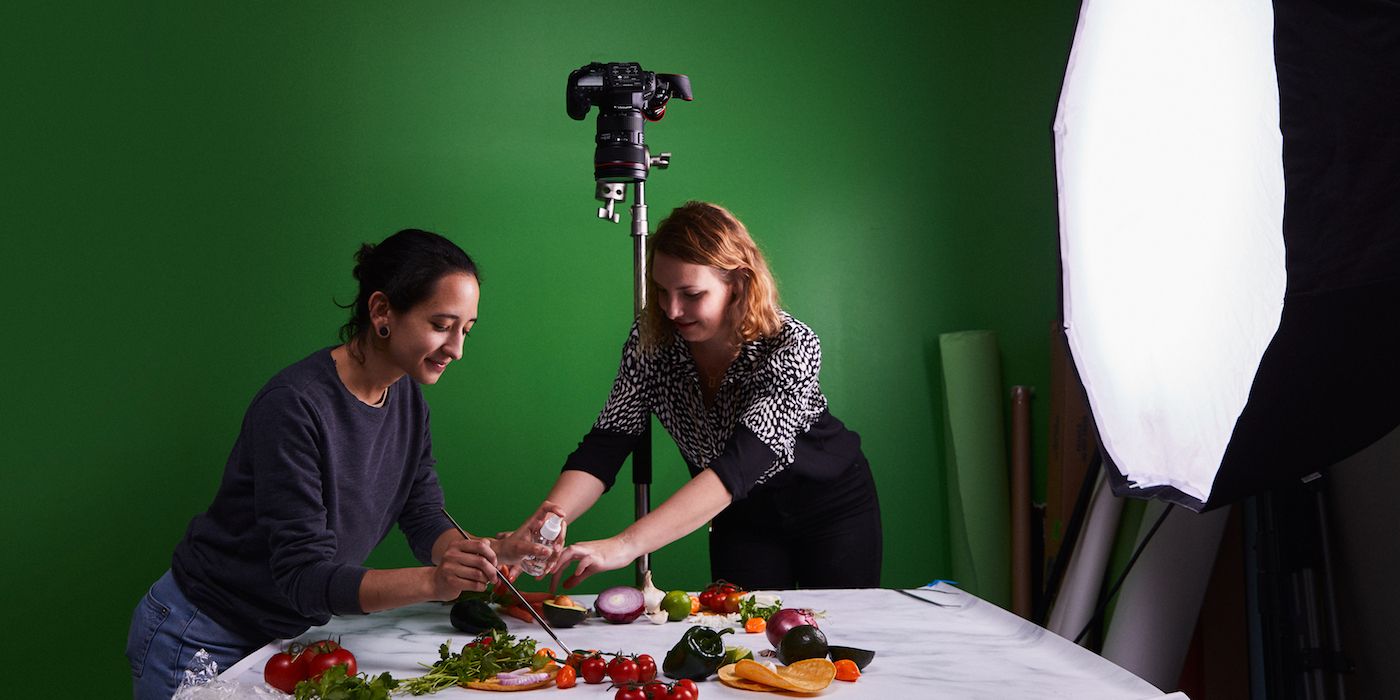
Say I make the first pass and get invited to an interview. Can you describe the interview process as briefly as possible?
RST: Like a lot of companies these days, we’re conducting our interviews fully remotely over Zoom, and the entire process lasts about half a day.
We start the day with a portfolio presentation where it’s the candidate’s opportunity to shine and tell their story. After that, the day is broken up into one-on-one sessions with members of the team and hiring manager.
We make sure to carve out time in each session for discussion and for any questions the candidate may have.
How the interview process at Instacart might look for you
- Remote portfolio screening
Here you'll meet with a senior designer or a hiring manager to share 1-2 projects that you’re most proud of.
- A full “onsite” meeting
In pandemic times, this means more remote interviews.
- Another portfolio presentation
This time, you'll present to a larger group of people including other designers, the hiring manager and some cross-functional partners like researchers, engineers or product managers.
- One-on-one sessions
Here you'll meet with a designer to do a deep dive on your work. You’ll also chat with the hiring manager, a product manager and a few more designers. One of those sessions will also be a design exercise.
PRO TIPS For Instacart, your past work is the strongest indicator of your abilities as a designer. Spend time preparing your portfolio and perfecting your presentation. Instacart also wants to know that you're interested in them – ask questions about the company, the team or the culture.
Do you have a favorite story of an application that really stuck with you? Something that stood out and got passed around between your team?
Himani: We interviewed a candidate remotely after shelter in place, and she anticipated the animations in her Figma presentation might not work well during the portfolio presentation on Zoom. So she shared the Figma link of her presentation with everyone and asked us to follow along in Observation mode, which was awesome! It showed me her creative problem-solving skills because she anticipated a user problem and preemptively solved it.
You’re in high-growth mode, which is no joke. On your blog, your head of design says he’s looking for designers who are open and resilient, with critical thinking skills. Any other qualities or skills that allow someone to thrive on your presumably fast-paced team?
Himani: I’ve seen people glamorize working at a growth-stage startup and not really understanding what it means for their day-to-day. But some things that aren’t everyone’s cup of tea:
- You have to be able to handle a fast-paced environment with a lot of ambiguity.
- You have to be able to operate in a nimble way, be open to feedback on your work and able to switch gears quickly.
- Processes break when teams continue to grow, so you have to be able to handle changes and operate in an environment that doesn’t have all the structure in place.
But there are a lot of upsides as well:
- There’s still a lot of company building left in this stage, so you’ll get to define processes and culture for the team.
- And most importantly, you have the opportunity to take on large projects that make an impact.
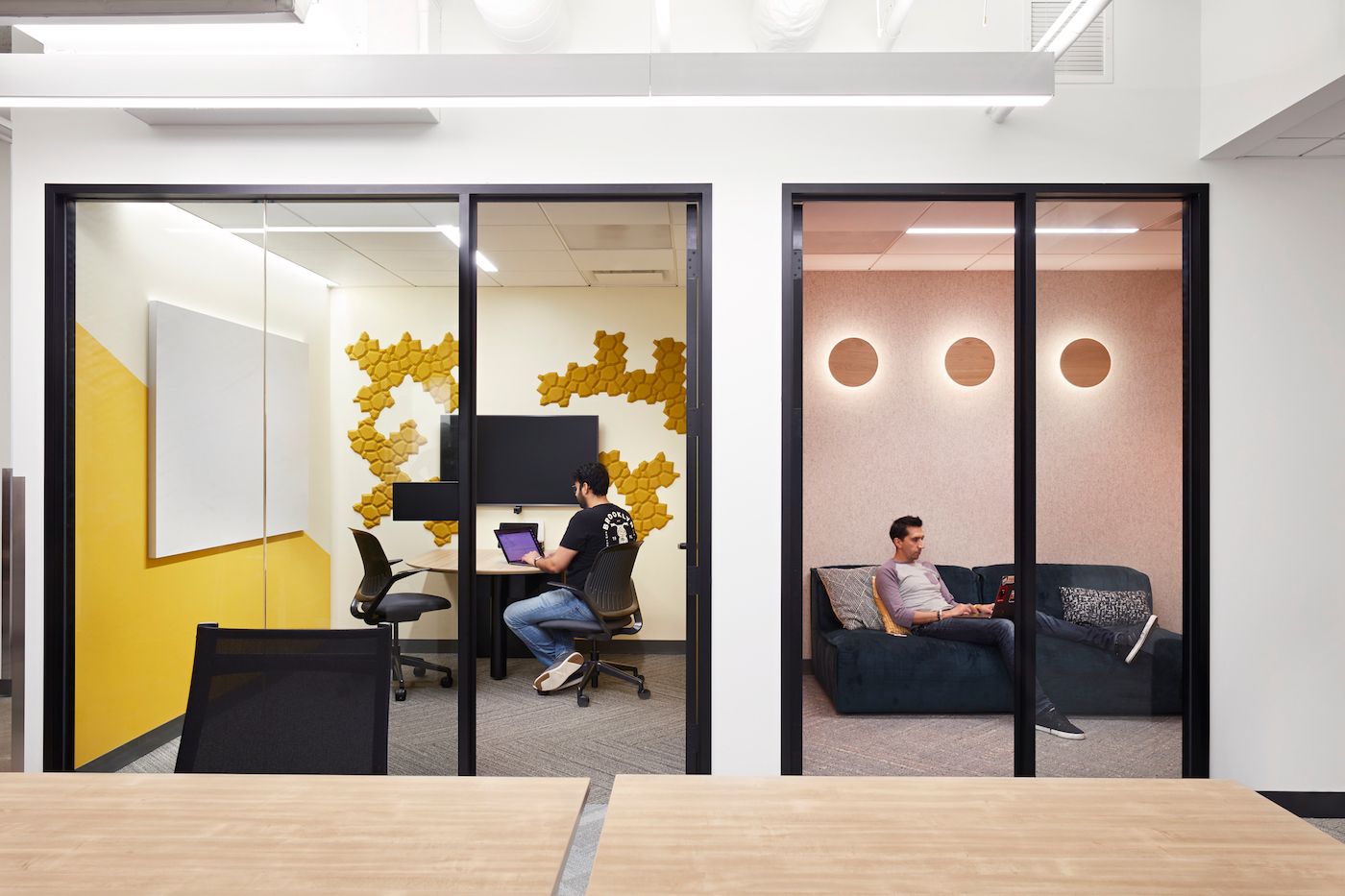
Would you hire someone who’s a cultural add over someone who has more industry experience and hard skills?
RST: Given you’ll be working with someone on a daily basis, I believe soft skills to be critically important. We see “culture-builders” as a requirement as much as technical skills or domain expertise.
Himani: We believe you need both at Instacart. Great craft is essential, but we care about many other soft skills as well. When interviewing we look for a signal on visual design, interaction design and product thinking, along with how this person communicates and collaborates with others.
Self-awareness is also very important, along with a growth mindset. Humility is also such an important trait to look out for.
Portfolio tips for your Instacart interview
- Share prototypes over static images.
Showing how your final product works will count for a lot to the Instacart team. Instead of the standard device mockup, Use Figma or a similar tool to create a prototype they can interact with.
- Show a love for detail.
"I love it when designers share insight behind small details," says RST. "Why a particular interaction was chosen or breaking down the thinking behind an icon set." Use your case studies to show you sweat the small stuff, which ultimately means you care deeply about what you do.
- Include only your best work.
Instacart spends only a few minutes reviewing you portfolio before making a call. Prioritize your best projects (ideally launched projects), and be sure to highlight your attention to both user needs and business goals.
- Evaluate and refresh your portfolio design.
"We want to know that you have a high bar for craft and the UI of your portfolio will be a signal towards that, not just the work you shipped," Himani explains. If you haven't updated your portfolio design recently, now's the time to make sure it feels fresh and modern.
- Show the research, data and thinking behind your decisions.
In your case studies, show what informed your designs and why you approached your project the way you did. Give Instacart a glimpse of how your mind works.
- Think through your portfolio presentation.
You'll spend the majority of your interviews at Instacart reviewing your past work. Walk through your portfolio beforehand and perfect the timing of your presentation, so you're not ad libbing on the call.
Your product design job description includes: “You are a generalist who can drive the design process end to end.” What secondary skills do you look for in a designer, besides common soft skills? For example: Do you prefer writing ability over coding skills? Photography skills over coding?
RST: An eye for good taste, prototyping, working with data, partnering with research, creating excellent documentation and presentation skills.
Himani: Prototyping skills are a superpower that designers should use as often as possible. They can help bring ideas to life and also help get everyone on the same page.
Strong writing skills can be such a valuable tool for designers. Both in their work and also when documenting design decisions.
Strong storytelling and presentation skills can help designers convince others of their vision and rally people behind an idea. How you communicate about and present your work is an extremely important part of being a designer.
Finally, a high bar for craft quality.
As we all know well, the nature of work has changed drastically over the last few months. Are you open to remote hires for your team, or do we need to be on-site in SF?
As a company, we’re still figuring out how open or not we are to remote working. We’re continuing to hire in the Bay Area, as well as Toronto, but beyond that we’re considering US- or Canada-based remote candidates by exception only, and only at very senior levels.
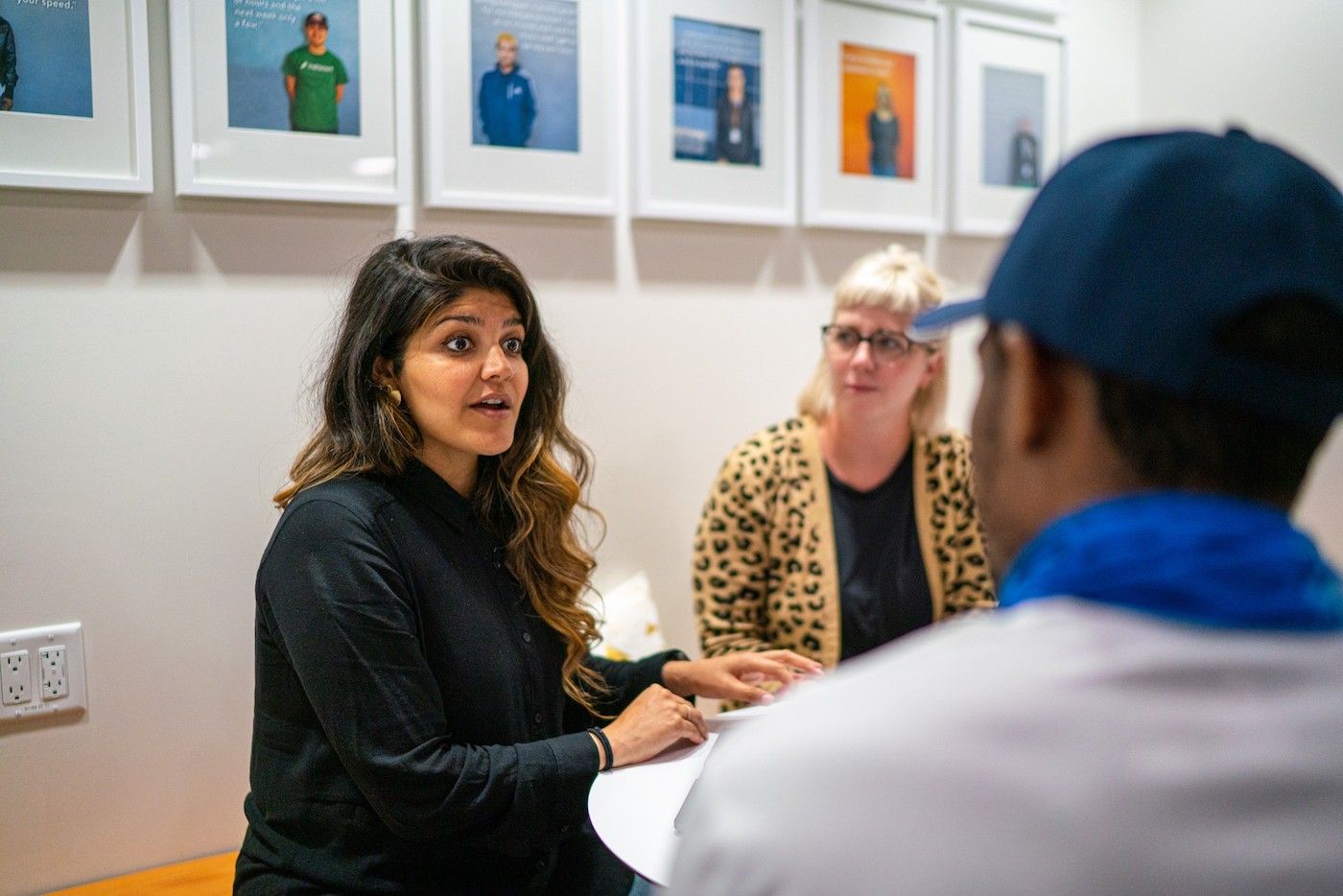
Diversity and inclusion are more relevant than ever, and I see Instacart is part of that conversation online. How does this fit into your hiring process and current team?
RST: This is something we are taking very seriously. As a growth stage company, things move fast and we’re hiring quickly, but the design leadership team is taking a moment to stop and make sure we’re being deliberate about our hiring practices, especially when it comes to diversity. Everybody buys groceries, and it's our job to ensure that the people designing our brand and products reflect the communities we serve.
We know diversity is a critical ingredient of successful teams, especially a team that will design the next evolution of a product that’s universally needed.
We work hard to find candidates from a wide variety of backgrounds and handpick our interview panels to be as inclusive as possible.
Areas we, as an industry, need to invest more in: highschool and college education, internship programs, coaching and career development programs.
Himani: In 2020, we started using Textio, an AI writing platform that detects and flags unconscious bias in writing via job descriptions, job postings and email outreach – the design team is piloting the tool.
We are focused on building more diverse pipelines and a more inclusive hiring culture. We have 5 active ERGs that partner with us to celebrate cultural heritage months company-wide, with a full-month of programming dedicated to each. The design team is an active partner in developing, designing and helping to bring these cultural heritage months to life with multiple touchpoints across the employee experience.

How do you think Instacart is different when hiring new talent compared to other companies?
RST: At Instacart, you’ll have a very special opportunity to both work on an important product, and at a critical time of company growth.
Designers at Instacart will have a tremendous amount of ownership and the chance to help build a company.
Himani: I’m not sure if this is different compared to other companies but some of the things we care about:
- An entrepreneurial spirit with a bias for shipping
- People who are self-starters and don’t feel the need to wait for someone to tell them what to work on next.
- Ownership over their work. This helps people have a high bar for quality and motivates them to get everyone else on the same page as them.
- Comfort in dealing with ambiguous problems

Any parting advice for us? Something we forgot to ask that a potential candidate should know?
RST: Always do your homework. Know who you’re presenting to, be sharp on the timing of your presentations, and come with a set of thoughtful questions that will spark conversation.
Himani: Don’t shy away from showing us who you are! Let your personality shine. Let us know who you are beyond your work. Also:
- Make yourself discoverable online. Let us find you!
- We believe good design comes at the intersection of user needs and business goals, so when choosing projects to present, prioritize projects that highlight that.
- During portfolio review, always opt for showing projects that launched. Seeing concept work is nice, but showing work that made an impact for the users and the business is best.
- I’ve seen designers come underprepared to portfolio presentations and just scroll through their website, and it never goes well. Overprepare for your portfolio presentations! Work on your timing and come prepared to walk us through your story.
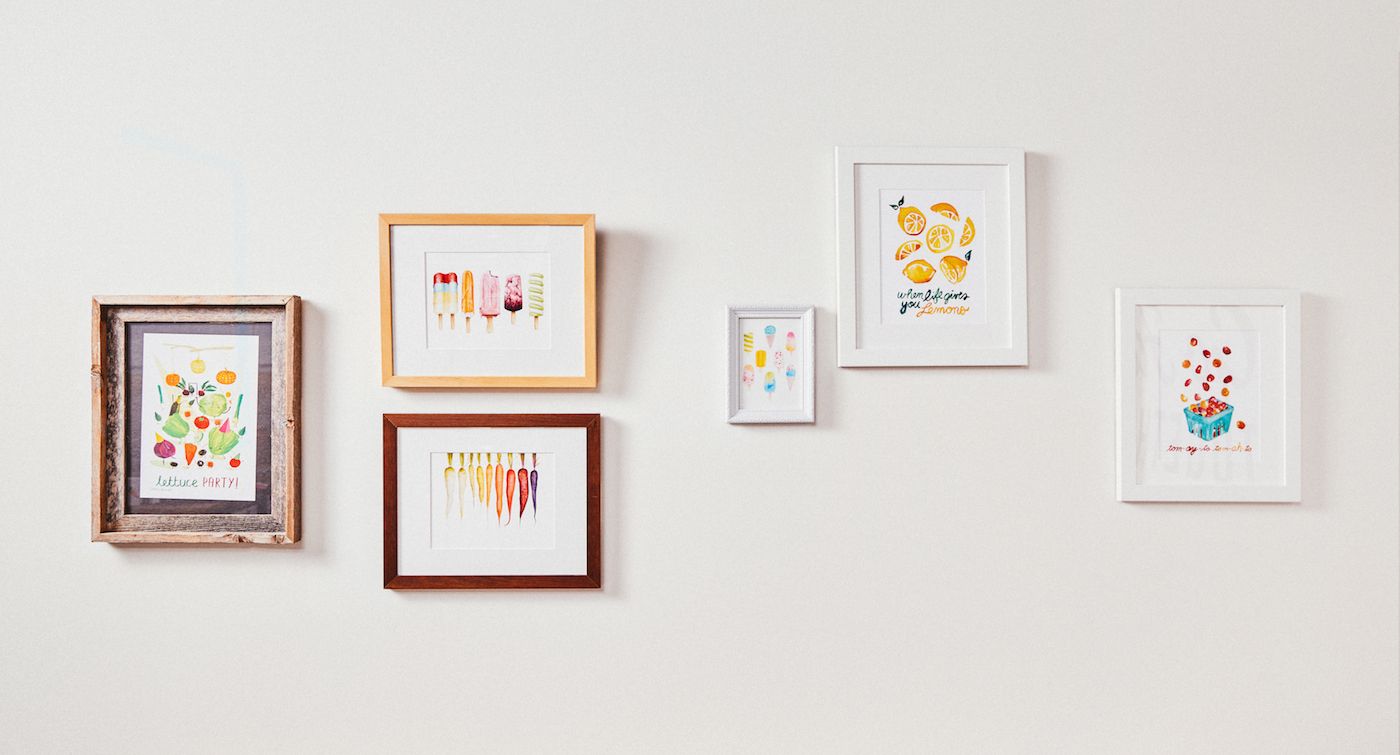
Since I’ve seen this question answered from multiple members of the Instacart team, I have to ask you now: What’s always in your cart?
RST: Doughnuts, always doughnuts!
Himani: These days, bananas. I’m making and consuming too much banana bread thanks to shelter in place.
Read more
© 2021 House of van Schneider LLC
All rights reserved.
MORE ABOUT TVS
About DESK
Curated mixtapes
DESK partnerships
BECOME A FRIEND
Twitter
Dribbble
Instagram
We're sorry, our pandas couldn't find any articles
Why don't you take a look at popular topics like
Design, Productivity or Self-Improvement?

